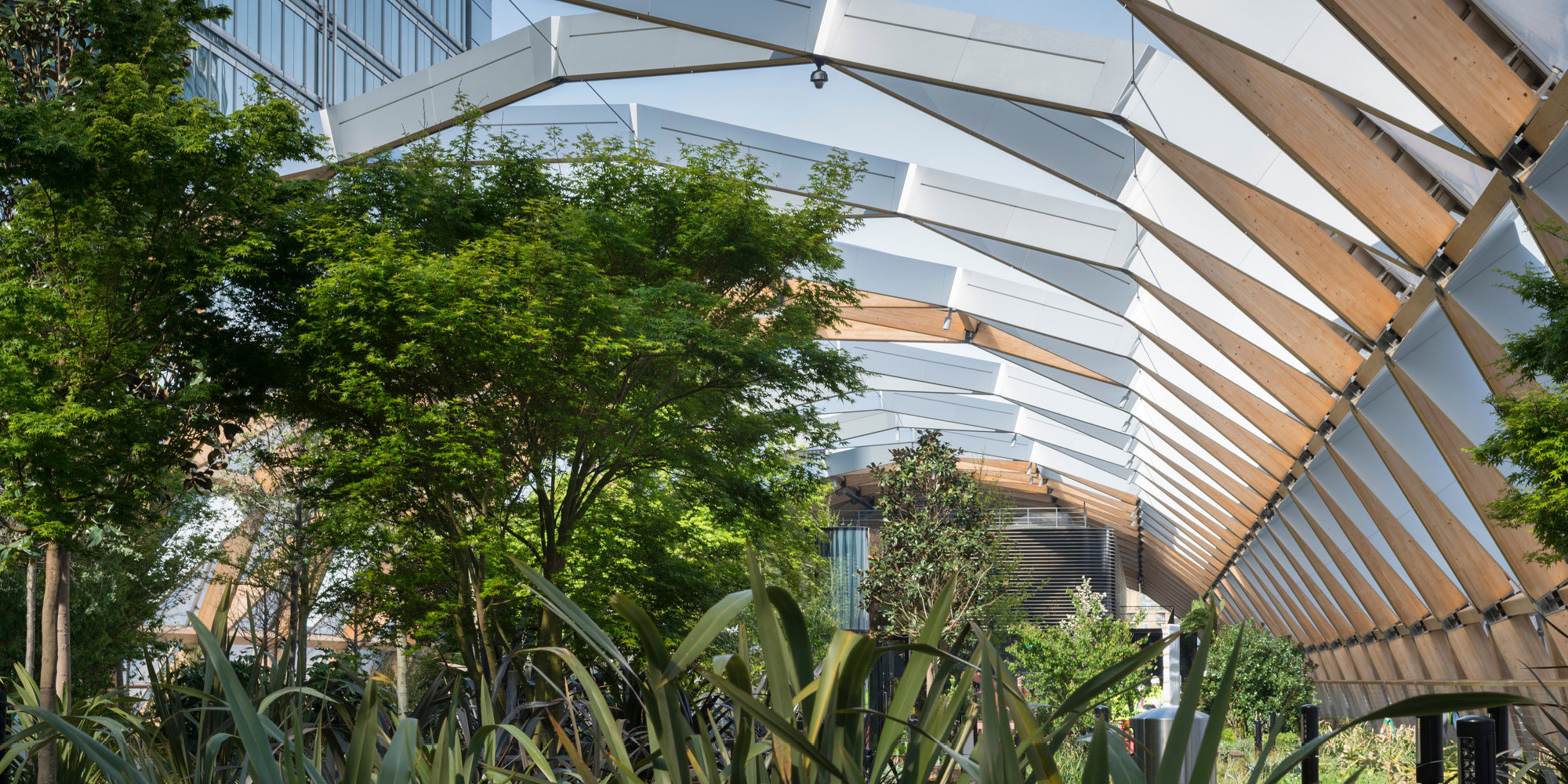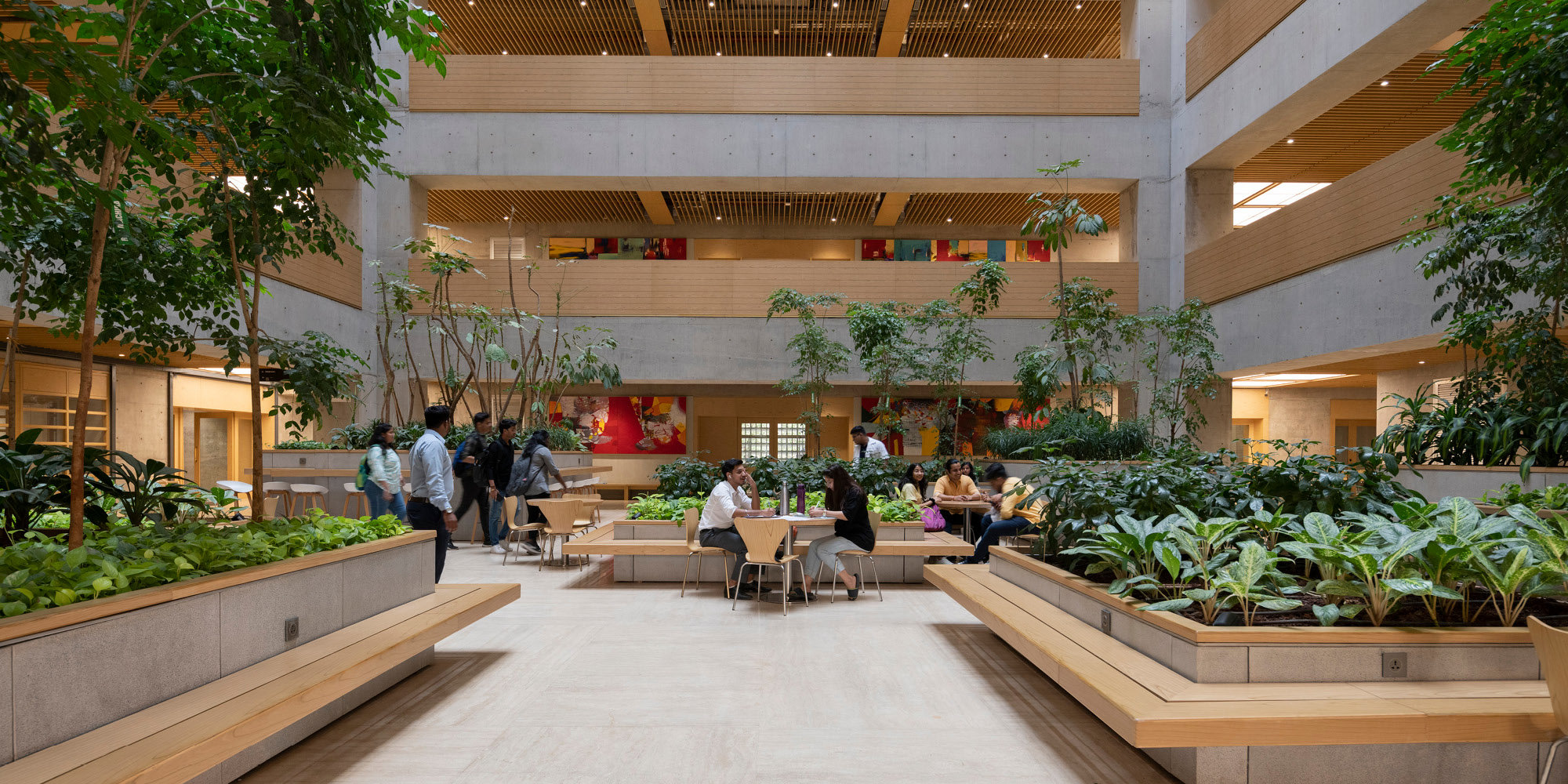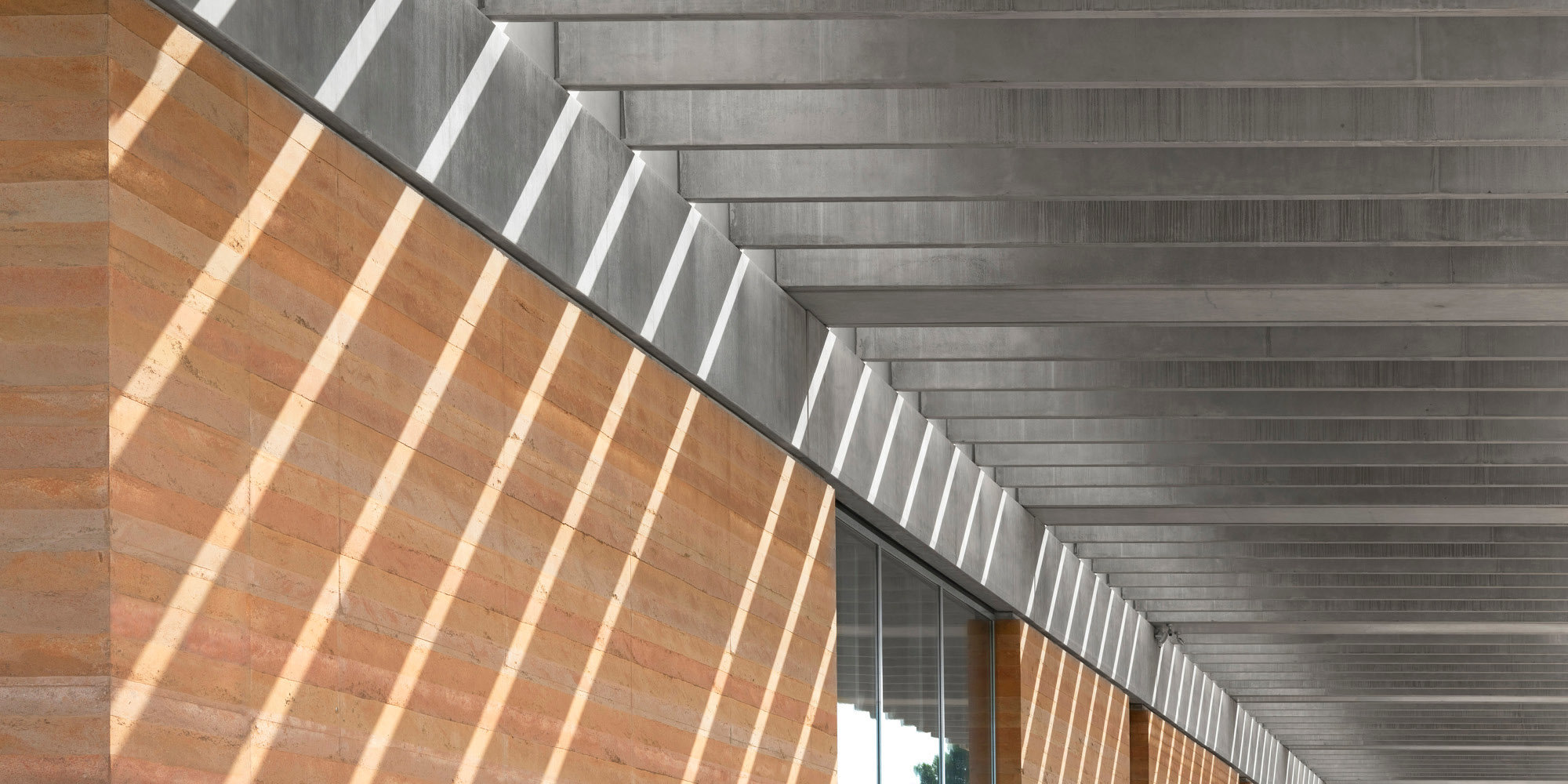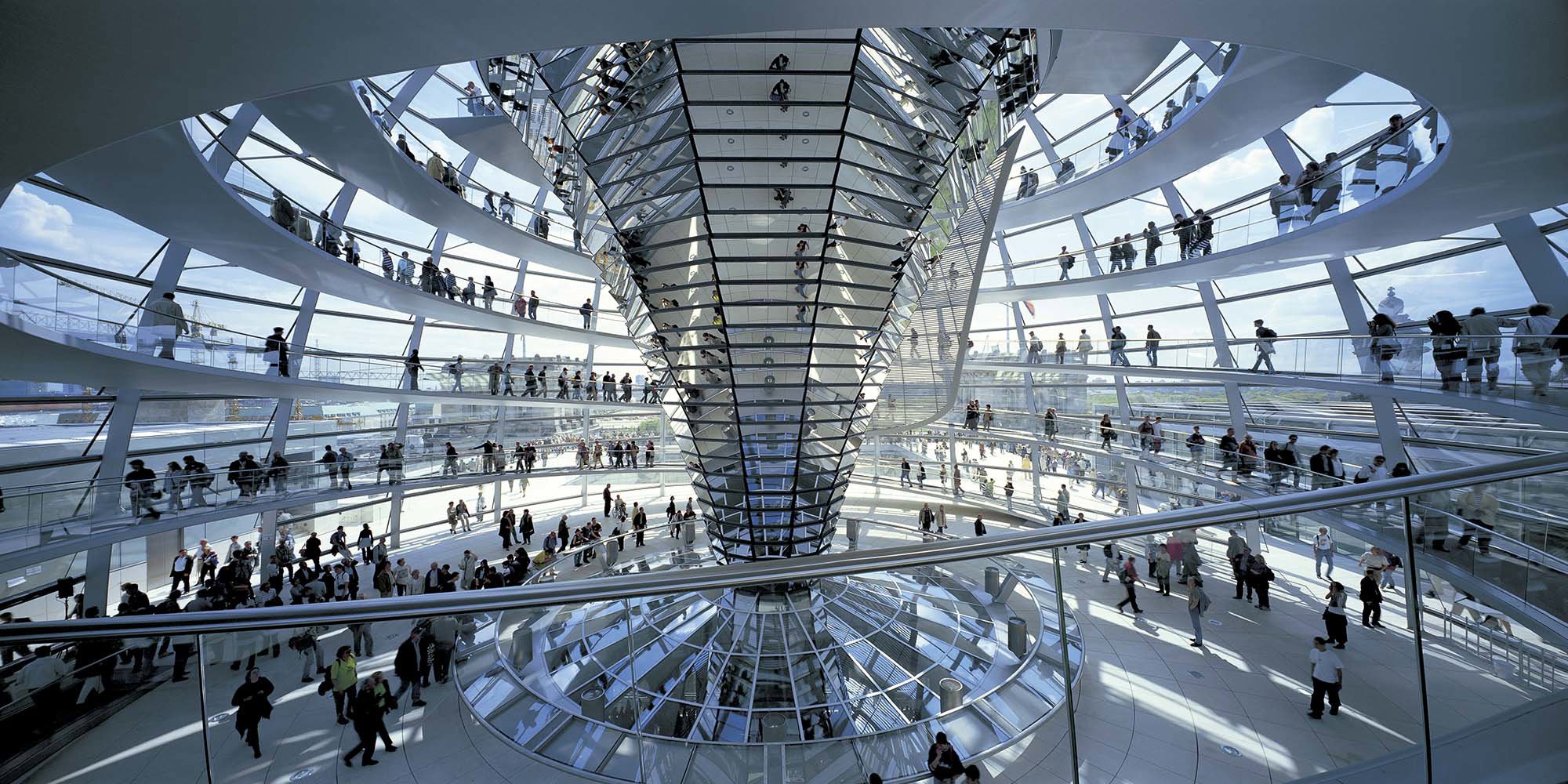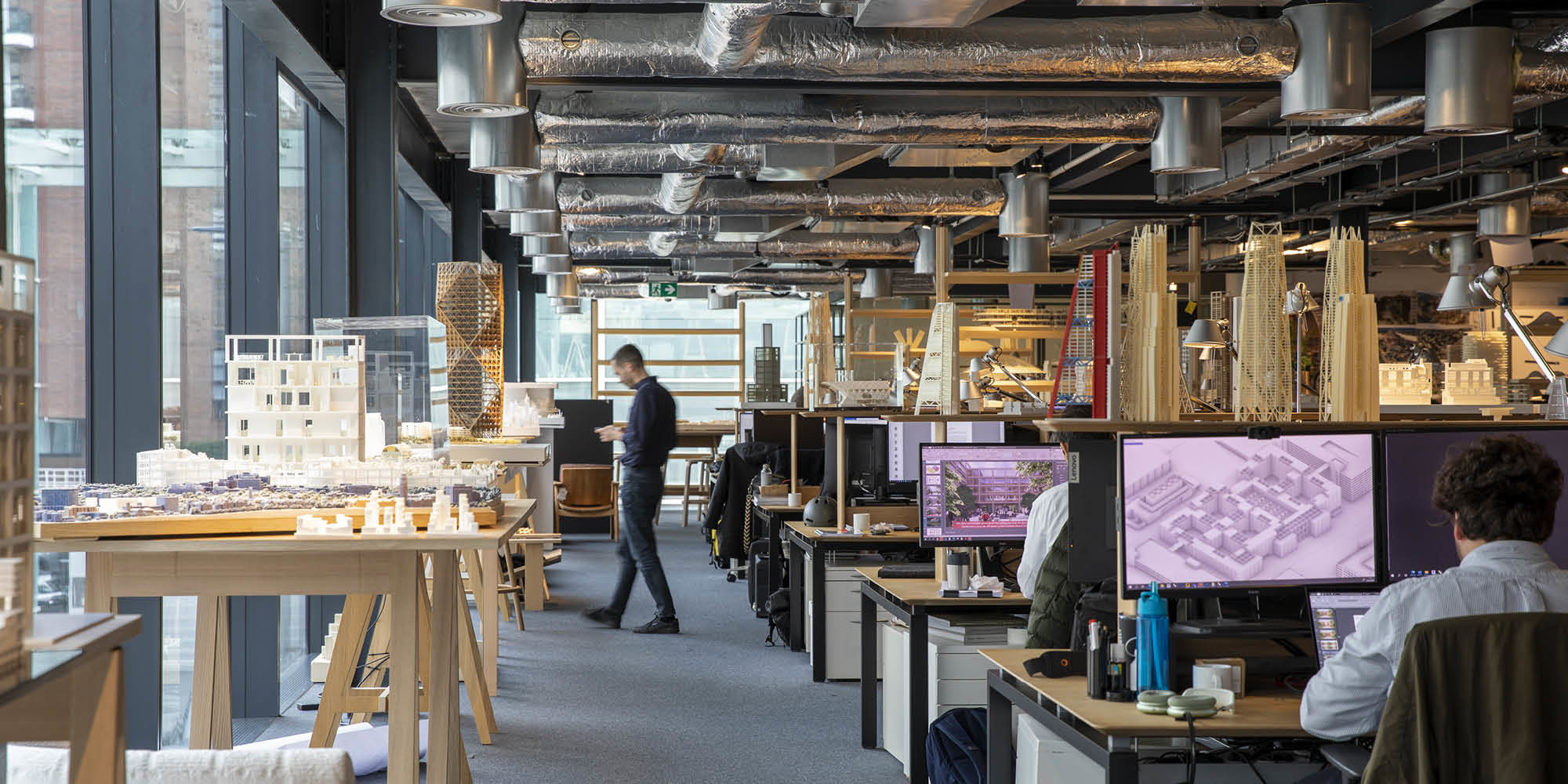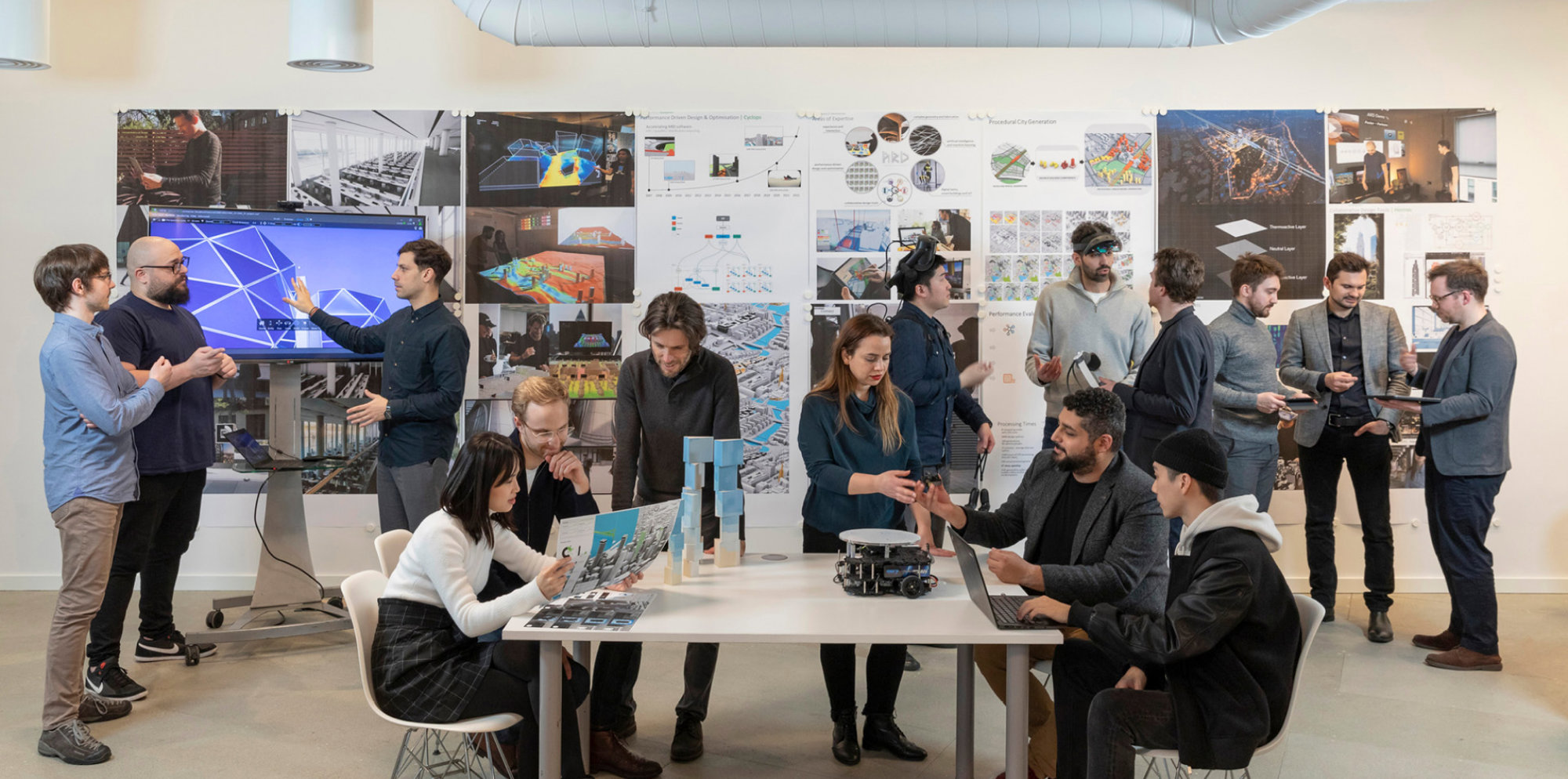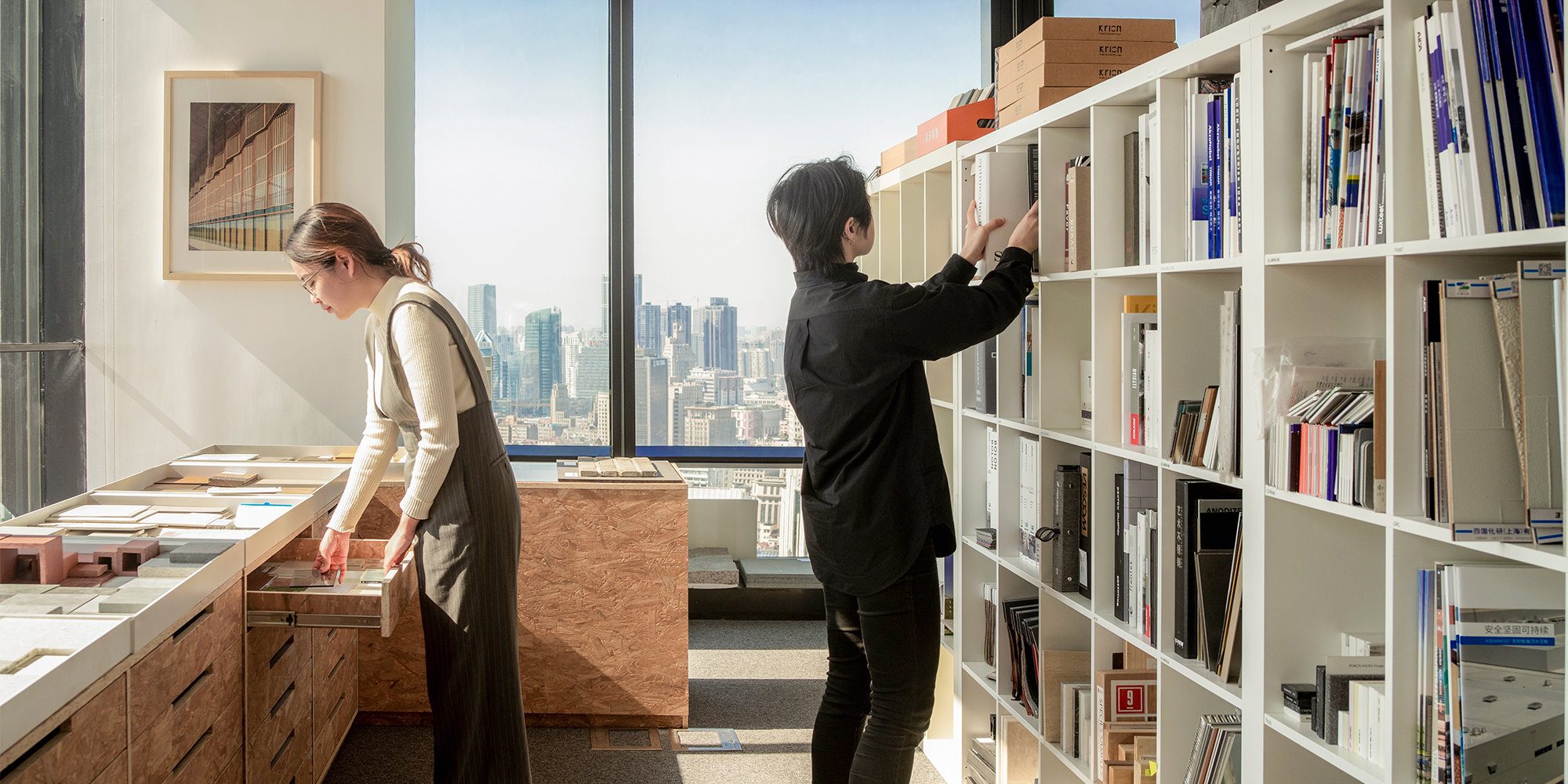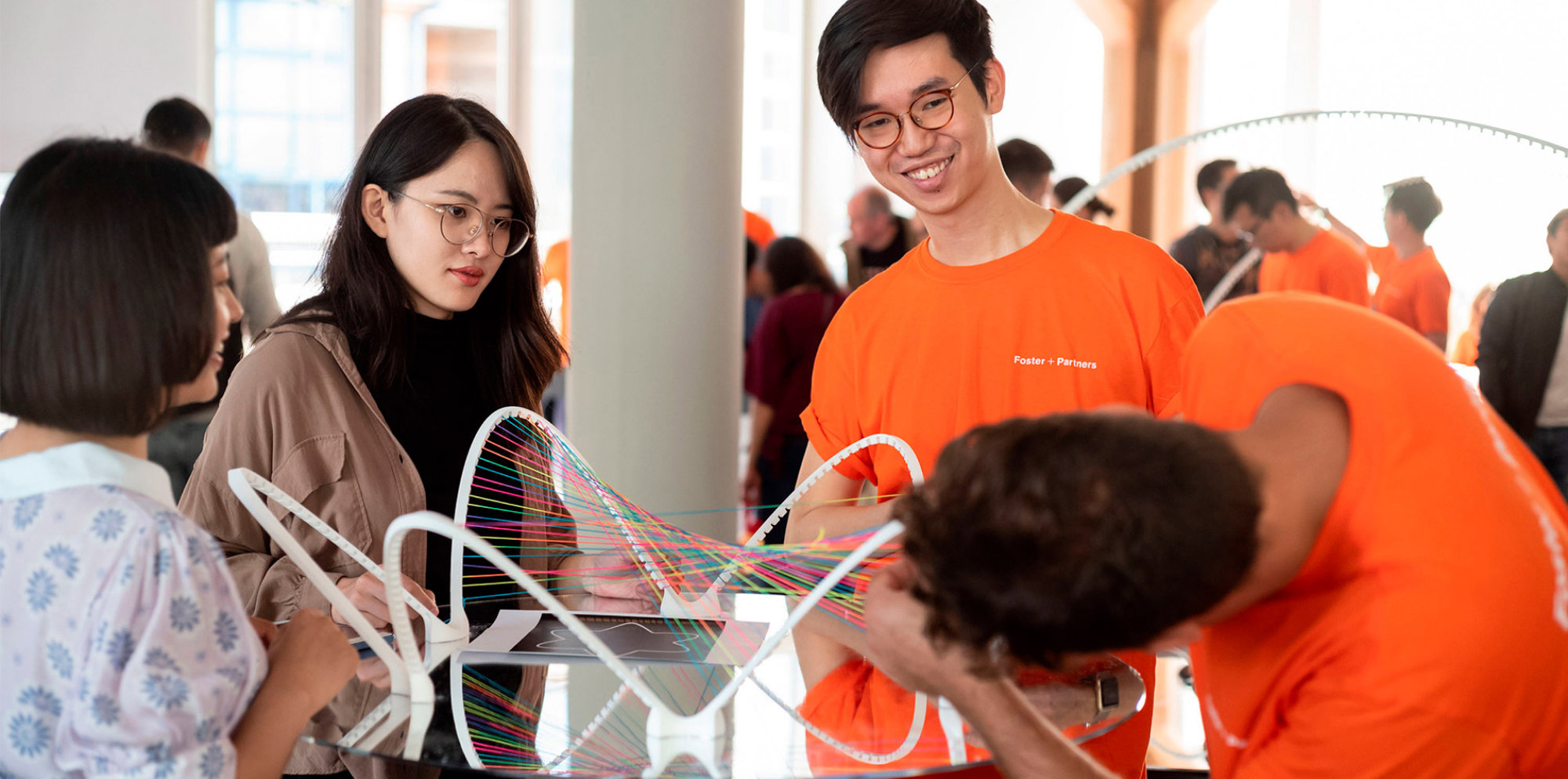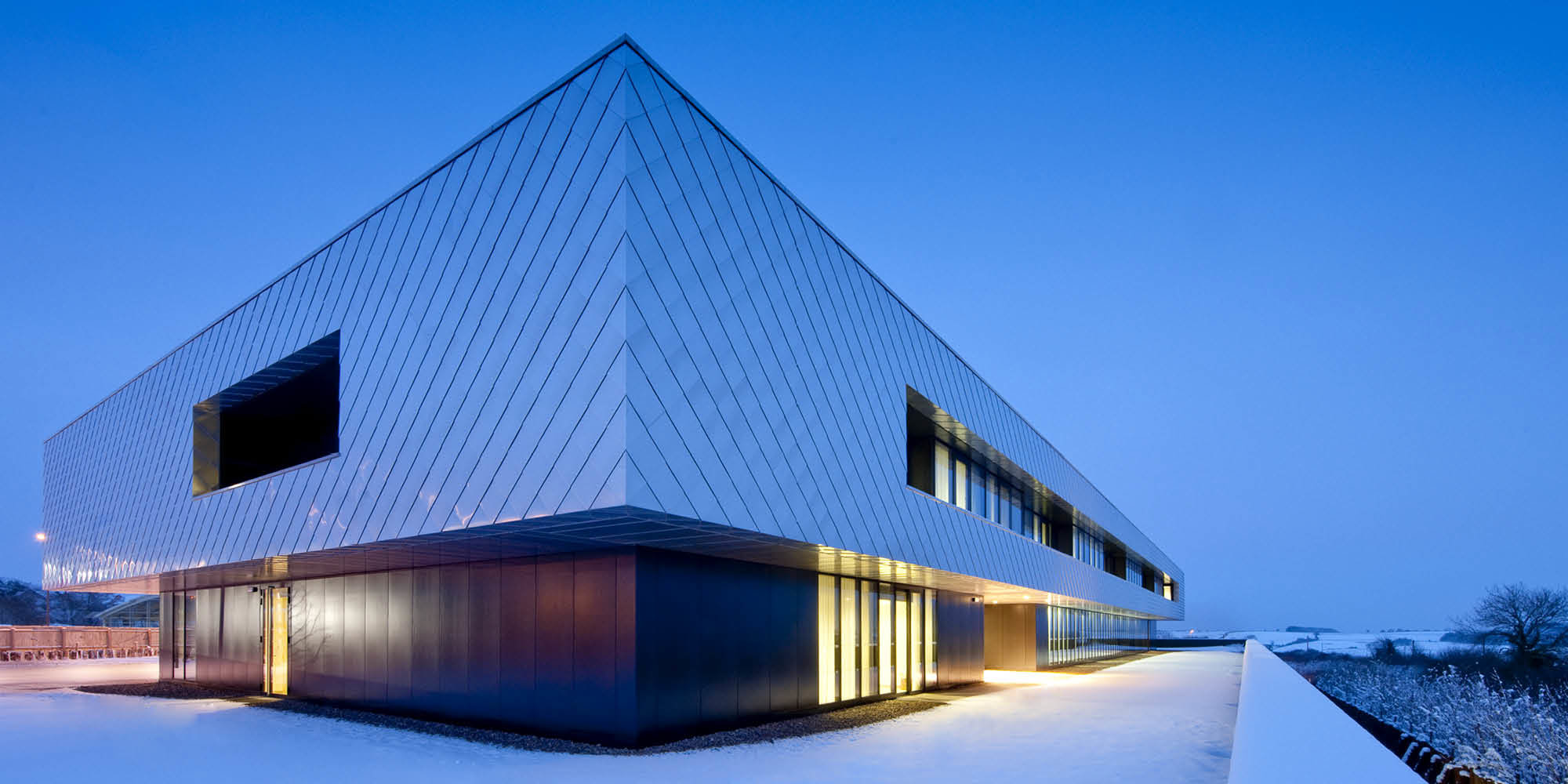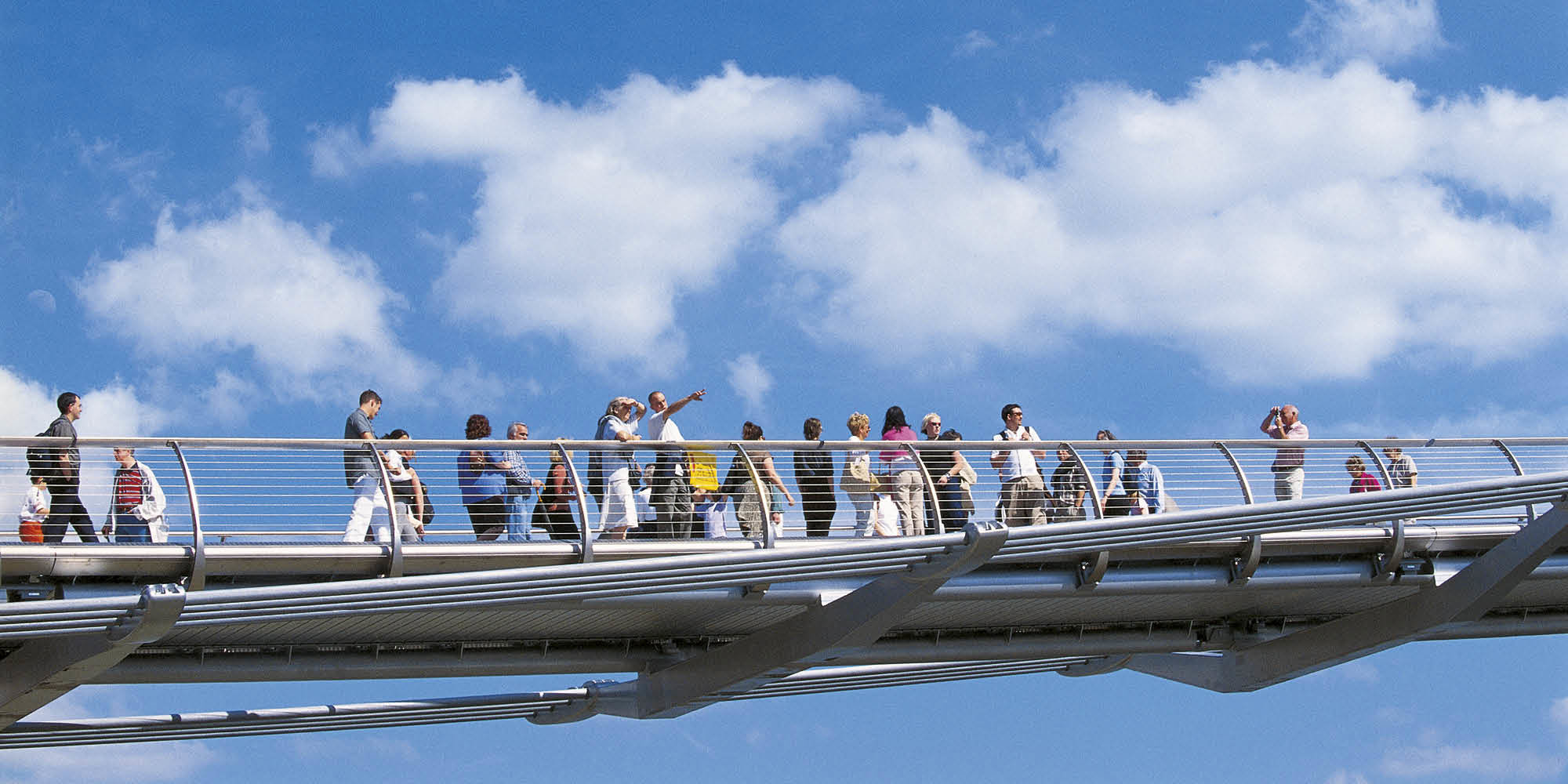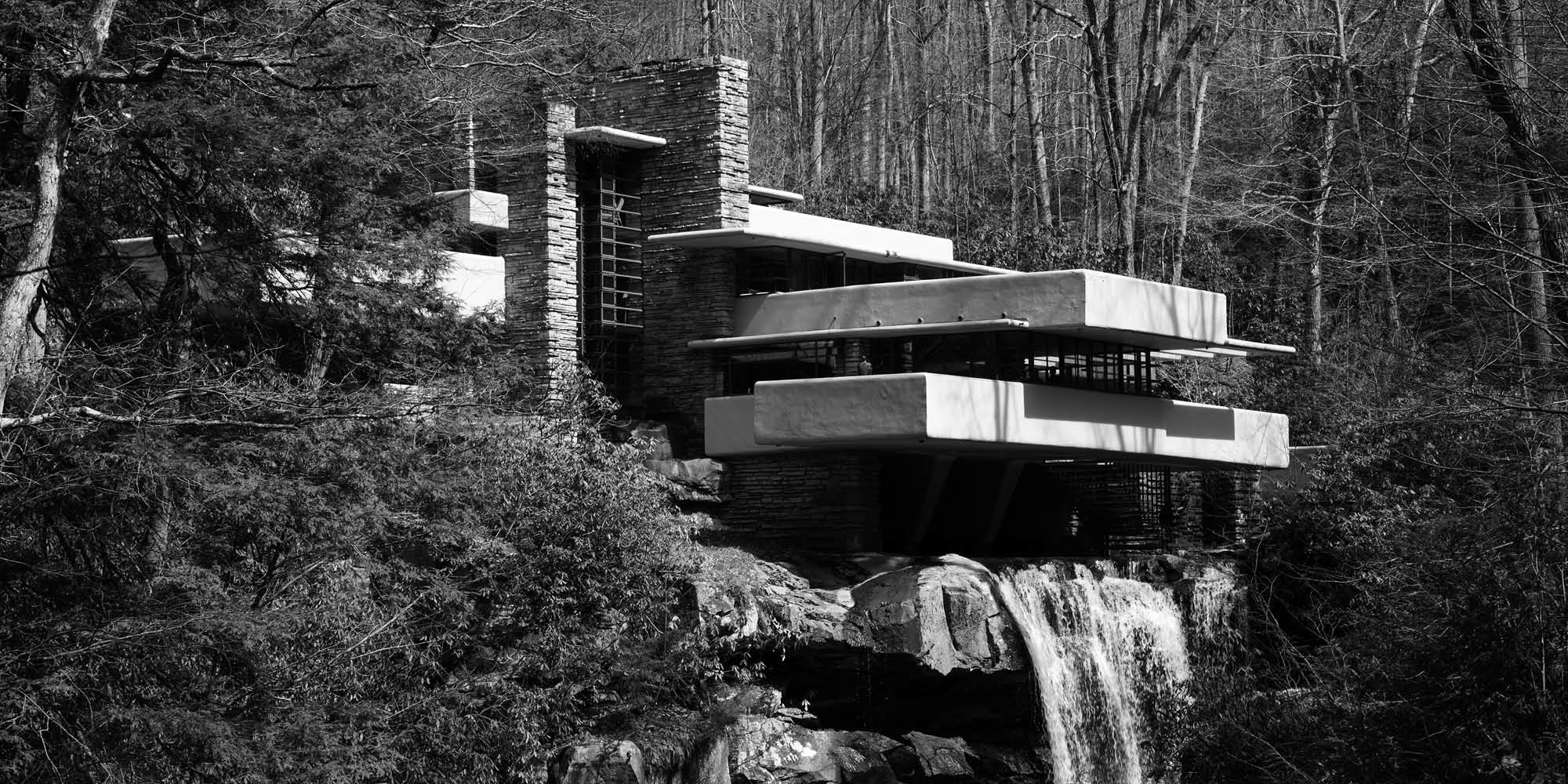The Column gives you the opportunity to ask our experts about their work, and how it shapes the built environment.
Last month, you submitted your questions for Nigel Young, who is Head of Photography at Foster + Partners. Nigel has photographed and filmed the practice’s projects for almost 30 years – from the early design stages through to construction and completion. His photographs and films help tell the story of our work, contributing to a visual archive that has been widely published and exhibited.
Nigel answers your questions about the opportunities and challenges associated with being an architectural photographer, camera setups, and advice for someone starting out in the field.

